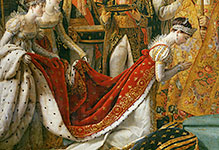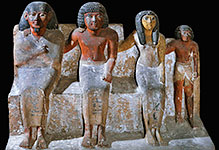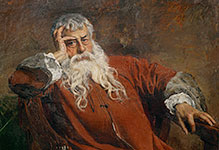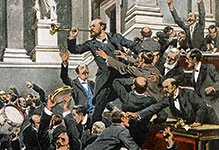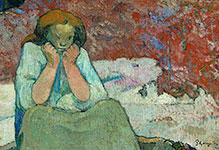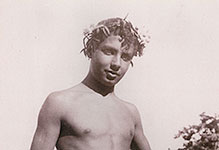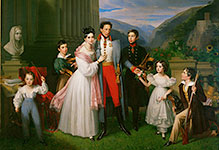
Society
Personalities, Aristocracy, Politics and Portraits, Rulers, Emperors and Kings, Crowds and Demonstrations.

#30010842
Silver tetradrachm of Mithridates I., Parthian, from Iran, 171-138 BCE. It is no...

#30010843
Silver tetradrachm of Azes I, Scythian, from Gandhara and Taxila, north-west Pak...

#30010855
Gold 4-excelentes of Ferdinand V, King of Castile, and Isabella, Queen, around 1...

#30010860
Copy of a gold stater, Iron Age, 3rd. During the third century, the Celtic peopl...

#300110 9
Mosaic showing Abel sacrificing a lamb and Melchizedek, Priest-King of Salem, s...

#30011064
The Rök rune stone is the most famous of rune stones, featuring the longest know...

#300301 1
Letter by King August of Poland, Elector of Saxony, to Johann Friedrich Boettge...

#300401 8
Head of a Queen mother. It is said that Oba (king) Esigie (ruled up to 1550...

#300401 9
Memorial head, possibly of an Oba (king). Wood, with metal squares...

#30040119
Ivory cup,probably a salt cellar, from Sierra Leone. Detail: female and male fig...

#30050137
Sliwonot-chain (bride's belt) - silver Mid-18th...

#30050139
Bridal crown - silver, gilded From Yemen...
